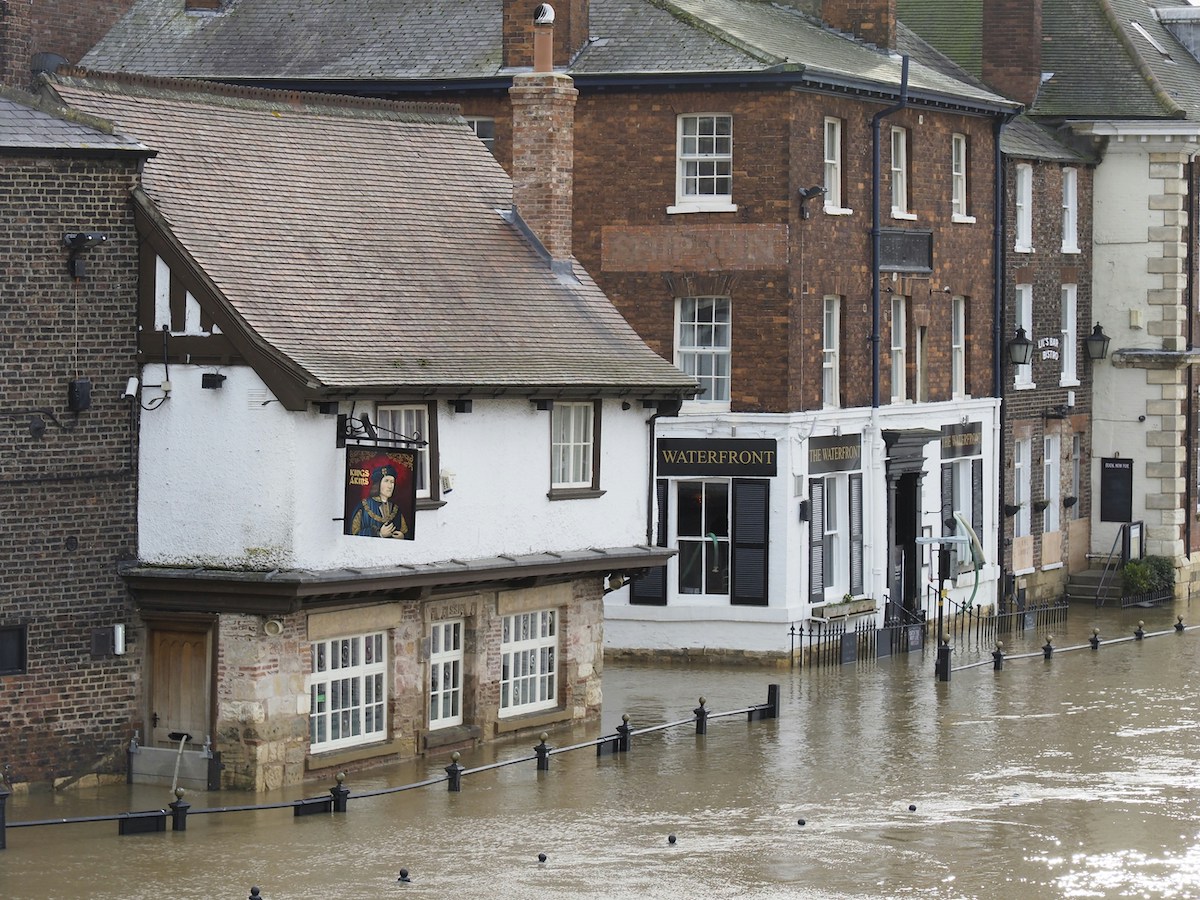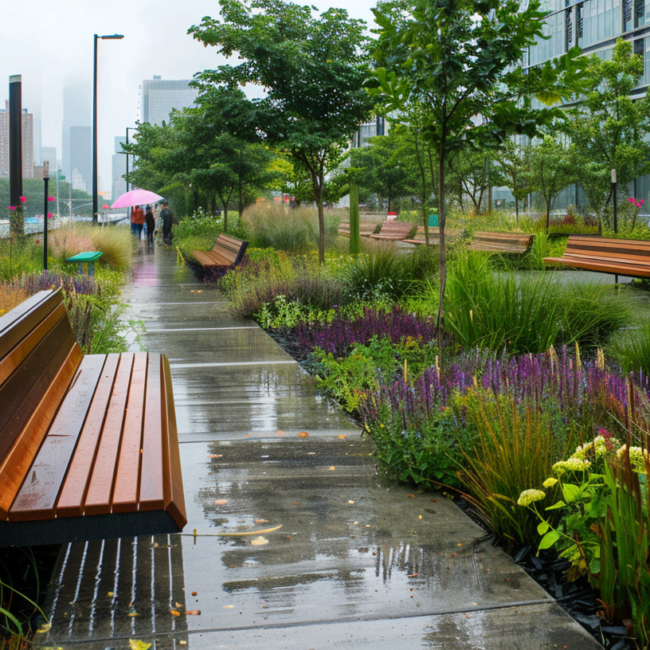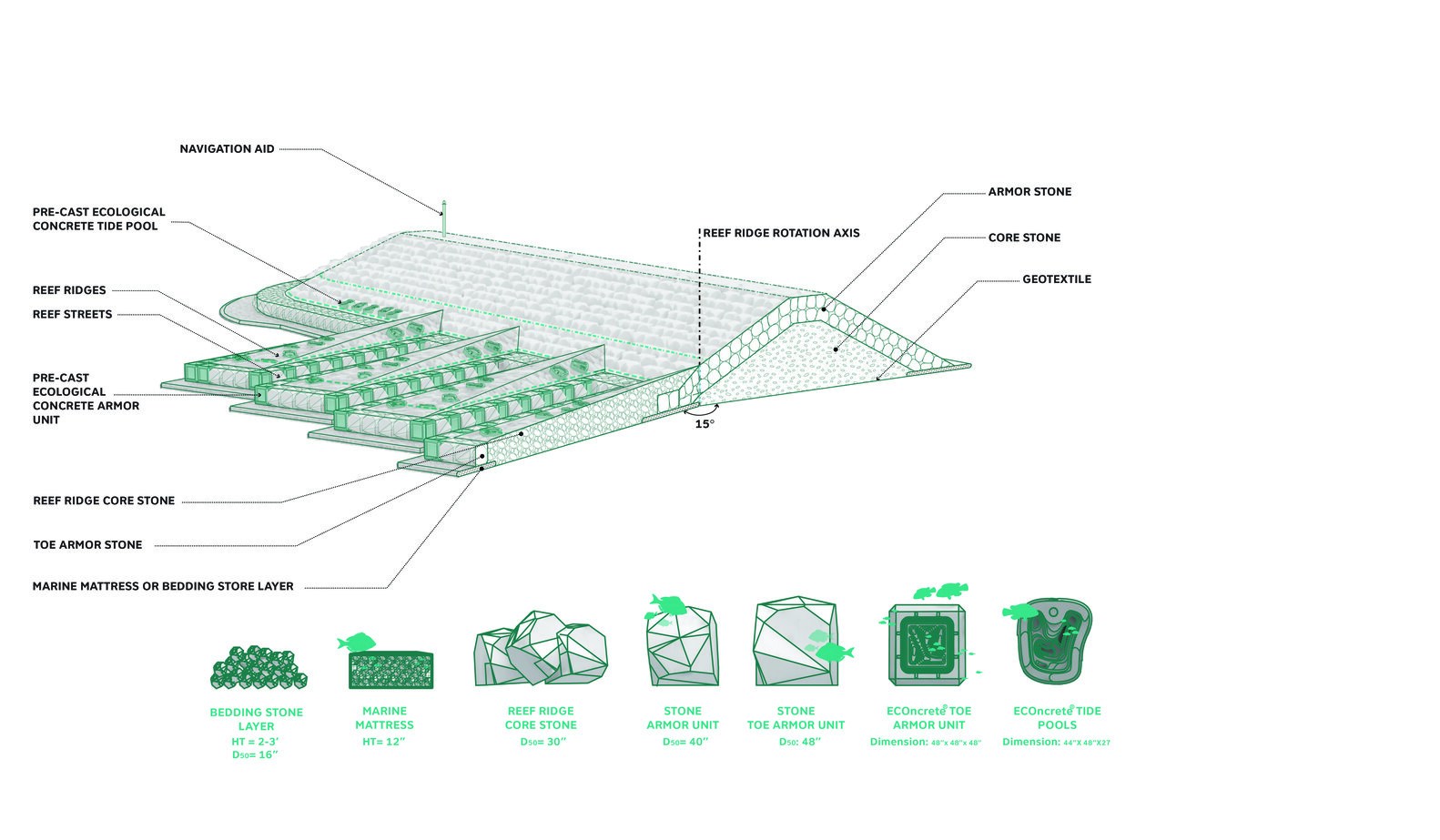Designing for a Resilient Future
Architecture, Landscape Architecture, and Urban Design in Response to Flooding in the UK
In the face of increasingly unpredictable weather patterns, the UK’s architectural and urban design communities are leading the charge in crafting innovative solutions to combat the impacts of climate change—especially flooding. Nestled between history and modernity, the country’s landscapes are now testing grounds for projects that embrace resilience while celebrating the natural beauty of their surroundings.
One such example is the integration of adaptive flood defenses into the urban fabric of London’s River Thames. Blurring the lines between infrastructure and aesthetics, these new systems weave landscape design with urban resilience. Much like a sculptor chiseling the elements into form, designers must shape the future by balancing functionality and beauty, all while protecting vulnerable communities.
At the core of these projects is the seamless collaboration between architects, landscape architects, and urban planners, with each discipline lending its unique approach to water management. Flood barriers, rain gardens, and permeable surfaces are being introduced not only to mitigate flood risks but also to create spaces where people can interact with nature. These measures echo the words of landscape architect Ian McHarg, who once said, “Design with nature,” urging today’s professionals to listen to the land as much as they mold it.

Credit: University of Pennsylvania Graduate School of Fine Arts Collection, The Architectural Archives, University of Pennsylvania.
Cities in UK
In cities like Sheffield and Manchester, which have seen severe flooding in recent years, this approach has led to the creation of urban drainage systems that double as public parks. These green infrastructure solutions help reduce the speed of runoff while offering much-needed recreational spaces for residents. Like a series of nodes connecting the built environment to the natural one, the designs are meant to both anchor urban areas and expand the possibilities for future interaction with water.
At the heart of these developments lies a deep reverence for the landscape. Design firms are taking inspiration from the UK’s ancient waterways, which have long shaped the region’s towns and villages. Projects such as Hull’s flood defenses along the Humber Estuary build upon centuries-old knowledge while utilizing cutting-edge technologies like GIS mapping and hydrological analysis to predict the future behavior of floodwaters.
These interventions mark a shift in how urban spaces are conceived. No longer are flood defenses hidden from view or seen as purely utilitarian; they are becoming celebrated features of the landscape, providing opportunities for reflection, recreation, and connection with the natural world. In Leeds, for instance, the Aire River Project has transformed previously flood-prone zones into biodiverse green spaces, allowing the city to embrace its waterways rather than turn its back on them.
The Conversation
The conversation surrounding climate change in the UK is no longer about adapting at a later date. The future is now, and through architecture, landscape architecture, and urban design, professionals across the country are working to reimagine urban living in the age of uncertainty. By building resilience into the very bones of our cities, we ensure that we not only protect lives and livelihoods but also celebrate the environment that sustains them.
Architecture schools in the UK that are leading research on climate change issues
Bartlett School of Architecture (UCL) – London
Known for innovative research on sustainable design and resilience to climate change, including adaptive architecture for flooding and sea-level rise.
University of Cambridge, Department of Architecture
Focuses on climate adaptation and the role of architecture in reducing carbon footprints and mitigating climate risks.
University of Edinburgh, Edinburgh School of Architecture and Landscape Architecture (ESALA)
Research in sustainable urbanism, landscape resilience, and how architecture can address climate change challenges in coastal cities.
AA School of Architecture (Architectural Association)
Engages in experimental research on climate change with a focus on sustainable architecture, resilience, and urban design responses to rising temperatures and flooding.
University of Greenwich, Department of Architecture and Landscape
Specializes in climate-resilient landscape design, particularly the integration of green infrastructure and water management strategies.
Cardiff University, Welsh School of Architecture
Focuses on sustainability, low-carbon architecture, and climate change mitigation strategies through design and urban planning.
University of Sheffield, School of Architecture
Leading research on sustainable urbanism, green infrastructure, and climate-resilient cities, with an emphasis on flooding solutions.
Landscape Architects Rise to the Challenge of Coastal Flooding
Author: Pamela Conrad It’s that time of year again: students and their families are busy preparing






Pingback: Why ‘Landscape Architecture’ is a Neglected Discipline - Landscape Architecture